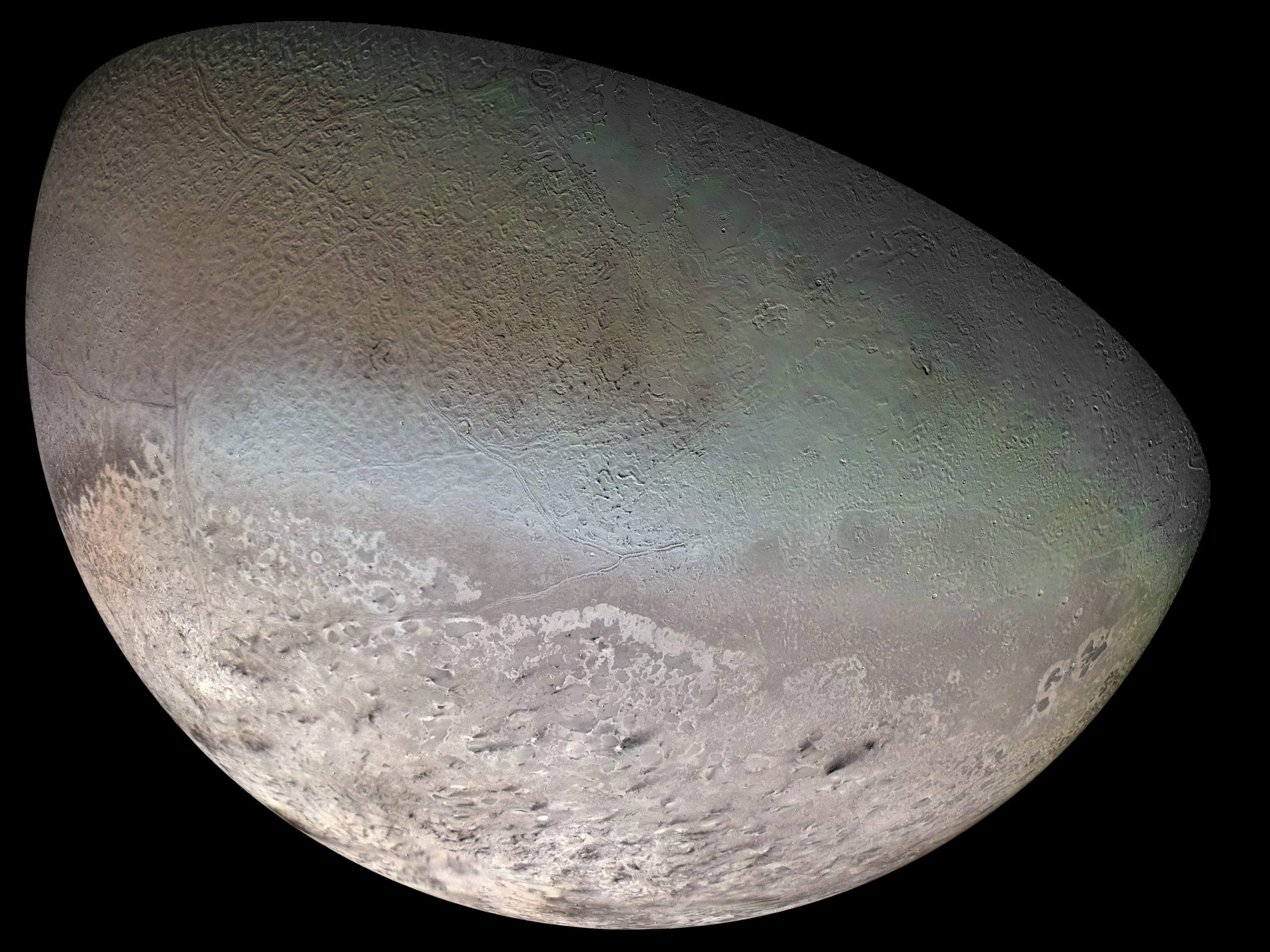This talk will discuss why it is important to study the giant planets in our solar system, and review some of the major science questions about them. It will also outline current plans for European and U.S. missions to the outer solar system.

The science topics will include:
- Are the satellites of the outer planets the most likely place to find life outside the Earth?
- How and where did the giant planets form?
- Did the presence of Jupiter and Saturn allow the Earth to form?
- Why are Saturn’s rings unique in the solar system?
- What drives the long-lived storms seen on the outer planets?
- And what can Uranus and Neptune’s bizarre magnetic fields teach us about the fundamental physics of magnetospheres?
About the speaker
Dr. Mark Hofstadter is a planetary scientist at NASA’s Jet Propulsion Laboratory whose research focus is using radio telescopes to study the atmospheres of Saturn, Uranus, and Neptune, as well as the nucleus and coma of comets. He carries out observations both from the ground and from spacecraft. He is also involved in planning future missions to the outer solar system, and is interested in fostering international collaborations. He served as the Principal Investigator for the MIRO instrument, which was a small radio telescope that flew on ESA’s Rosetta mission.
Date and time of the event: Wednesday, June 30, 2021, at 16:00
The lecture will be teleconferenced via Zoom at
You can ask questions via slido, event code will be provided later.